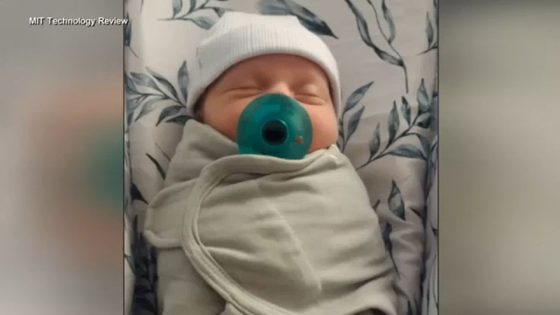A baby boy born last week in Ohio has made history as the first child to be born from an embryo frozen for over 30 years, marking a significant milestone in reproductive technology. This remarkable event occurred on 2025-08-02 06:08:00, when Lindsey and Tim Pierce welcomed their son, who developed from an embryo that had been stored for 11,148 days.
- Baby born from 30-year-old frozen embryo
- Lindsey and Tim Pierce pursued embryo adoption
- 1.5 million frozen embryos in the U.S.
- Legal status of embryos debated in Alabama
- Archerd felt guilt over unused embryos
- Emotional journey of embryo donation process
The Pierces turned to embryo adoption after years of battling infertility. Their journey highlights the growing trend of embryo adoption, a practice that is gaining traction among families and advocates who believe that all embryos deserve a chance at life.
This record-setting birth raises important questions about the future of frozen embryos in the U.S. With approximately 1.5 million embryos currently in storage, many couples face dilemmas about their fate. What happens to these embryos? Are there enough families willing to adopt them? Consider these points:
- Only about 2% of U.S. births result from in vitro fertilization.
- Legal status of embryos is evolving, as seen in a recent Alabama Supreme Court ruling.
- Emotional complexities surround embryo adoption for both donors and recipients.
As more families explore embryo adoption, it’s crucial to engage in conversations about the implications for future generations. Will this trend continue to grow, and how will it shape the landscape of family building in America?

































